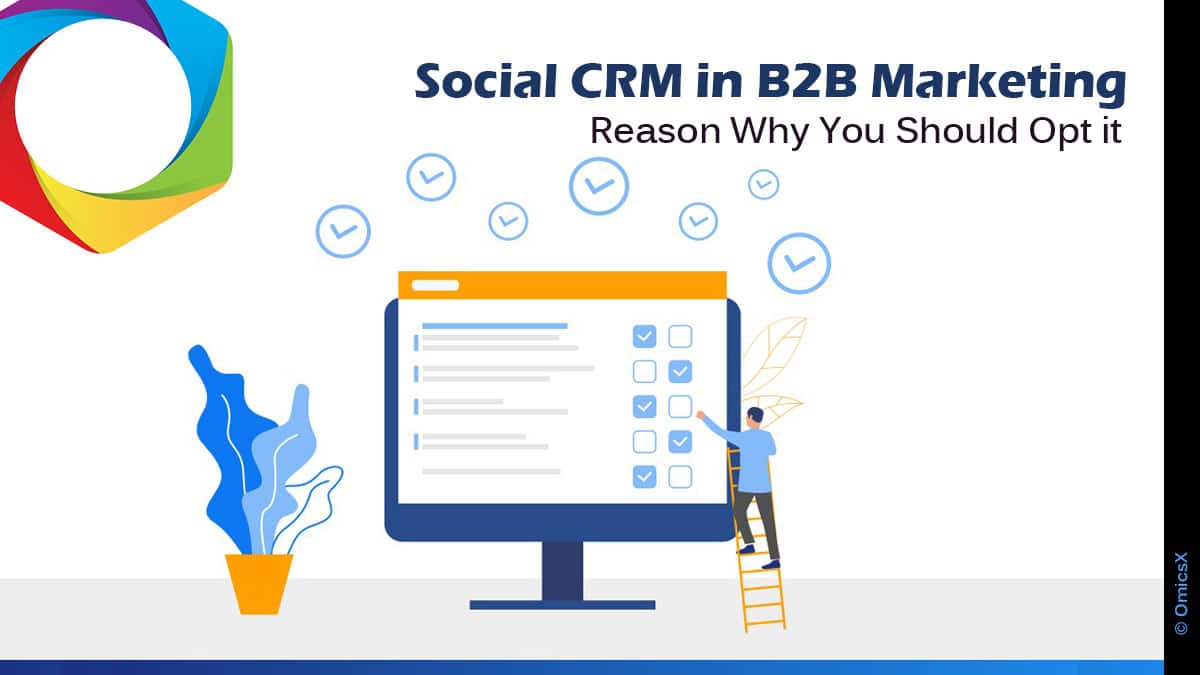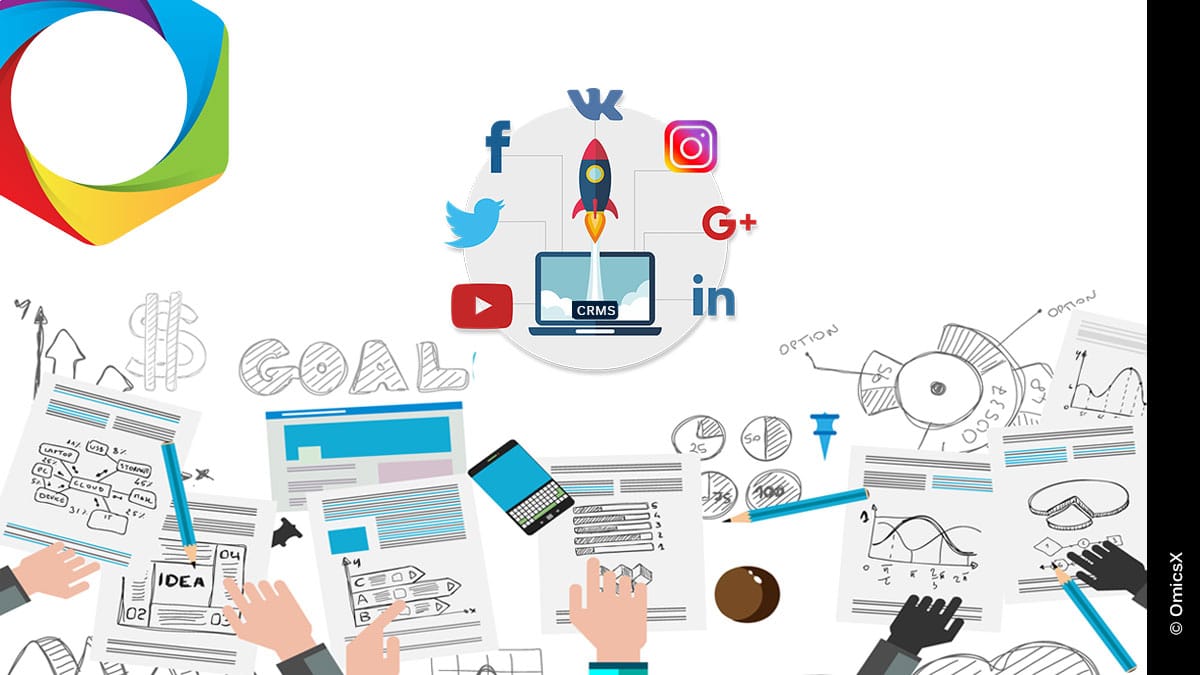Strategies for Connecting with Bio-Innovators
Are you struggling to identify and connect with emerging biostartups? Are you looking for innovative solutions in drug discovery and development?
The biotech industry is booming, with new startups emerging every day, offering innovative solutions in drug discovery and development. However, the challenge lies in identifying these bioinnovators and establishing meaningful connections with them. This is where strategies for connecting with bioinnovators come into play.
01
Understanding the Bioinnovation Landscape
Before you can connect with bioinnovators, you need to understand the landscape. This includes knowing the key players, the latest trends, and the major challenges in the industry. This knowledge will not only help you identify potential partners but also understand their needs and how you can add value to their operations.
- Stay updated with industry news and reports. This will give you insights into the latest trends and innovations in the industry.
- Participate in industry events and forums. This will give you an opportunity to meet bioinnovators and understand their needs.
02
Utilizing Networking Platforms
Networking platforms such as OmicsX can play a crucial role in connecting with bioinnovators. These platforms provide access to a proprietary database covering key bio-events globally, helping you identify potential partners. And no, we’re not trying to sell you our services. We’re just stating facts, with a pinch of dry humor.
- Use these platforms to find emerging biostartups that align with your interests and goals.
- Engage with these startups by participating in discussions and sharing your insights. This will help you establish your credibility and build relationships.
03
Leveraging Social Media
Yes, even bioinnovators use social media. Platforms like LinkedIn, Twitter, and even Instagram can be effective tools for connecting with bioinnovators. And no, you don’t have to post pictures of your lunch to get their attention. A thoughtful comment on their latest research might do the trick.
- Follow relevant hashtags and join industry-specific groups to find bioinnovators.
- Engage with their content to show your interest and start a conversation.
In conclusion, connecting with bioinnovators requires an understanding of the industry, effective use of networking platforms, and leveraging social media. It’s not about pushing your agenda, but about building relationships based on mutual interests and values. So go ahead, start connecting, and who knows, you might just find the next big thing in bioinnovation. And remember, if all else fails, there’s always the good old-fashioned way of connecting – a friendly email or a phone call. After all, who doesn’t like a bit of personal touch?






